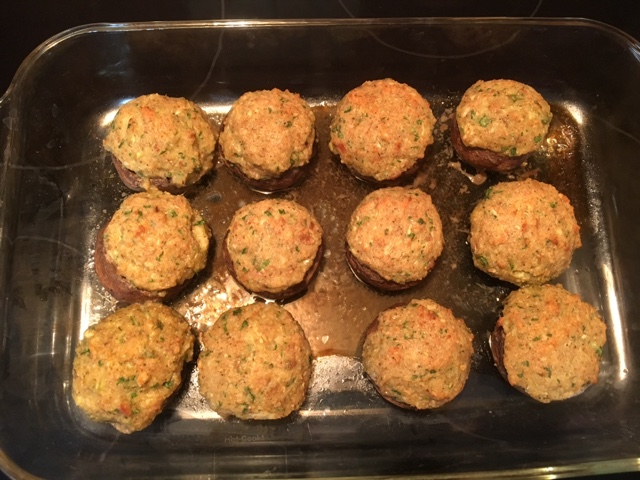
Cozonac is a quintessentially Romanian baked item made for Easter and Christmas in particular, but also for other holidays and celebrations. I know many Romanians who don't dare to try baking cozonac because they think there are many things that can go wrong. So they leave it for their grandmothers and mothers to make it for them. The secret of making good cozonac is a warm kitchen, warm utensils, and warm ingredients, since the dough is based on live yeast which needs consistent warmth in order to be active.
Here are the ingredients I use:
 For the dough
For the dough:
1 kg flour (at least 11% gluten, the higher the better)
300 g sugar
250 ml milk
4 large eggs
125 g butter
vanilla
lemon zest (grated lemon peel)
15 g salt (not shown in photo!)
1 package of 10-15 g dried yeast
For the filling one can use a number of different things, such as cinnamon or Turkish delight, but the classic version is with walnuts and that is what I provide here.
For the walnut mixture:
200 g grated walnuts
200 g sugar
vanilla essence
rum essence (or alternatively maple essence)
Heat 100 ml of the milk until warm. Pour it into the bowl of your stand mixer (unless you are kneading it by hand). From the flour add 2-3 tablespoons of flour. Add the yeast and stir until the ingredients are combined. Let it stand for half an hour.
Add the rest of the flour to the bowl. Next add the eggs, sugar, lemon zest, vanilla, and salt. Warm the remainder of the milk and pour it over the other ingredients. The milk should not be hot but should be warmer than room temperature. Begin mixing with the stand mixer. Melt butter and pour it at warm temperature into the mixing dough. Continue mixing until it looks like this:
It should take approximately 10 minutes on speed 2 to reach this point.
Cover the bowl with a moistened tea towel or paper towel, wrap it in a warm tea towel, and put it in a warm place to let it rise for at least an hour and a half.
Allow the dough to double in size. Take it out and divide it into 4 equal portions. Place them on a work surface (such as a rolling board) that has been sprinkled with flour. You can use wax paper if you wish.
Let them stand there for another half an hour to raise further. In the meantime butter the baking trays thoroughly.
Take one portion and divide it in two. Stretch one of the two pieces into a rectangle roughly 30x20 cm. Cover them (not all the way to the edges) with 1/8 of the walnut mixture and roll it up.
(I tried adding the beaten egg white to the walnut mixture and it clumped, which it normally wouldn't have, so I'm leaving out that step for when you do it! I also included a photo above of one I made filled with cinnamon.)
Do the same with the second half of the portion. Then twist them together.
Grab the braided dough from both ends and place it in a baking tray. Do the same with the rest of the dough until you've filled all four baking trays.
The trays with the dough in them should be kept at a warm temperature. I often have them in the oven with the light on, which provides just enough heat to keep them warm. You could also put the oven on at around 35-40° Celsius/100° Fahrenheit. Wait for them to rise further, for about another hour. When they have doubled in size, glaze them on top with egg mixture. For this use one egg yolk and a little bit of milk mixed together. Glaze the cozonacs with a brush.
Return them to the oven and let them rise for another half an hour. Then turn the oven on at 180
° Celsius/350
° Fahrenheit and bake them for 35-40 minutes.
When they are ready they should look like this (one is with cinnamon which looks different):
Pofta buna!



 Cozonac is a quintessentially Romanian baked item made for Easter and Christmas in particular, but also for other holidays and celebrations. I know many Romanians who don't dare to try baking cozonac because they think there are many things that can go wrong. So they leave it for their grandmothers and mothers to make it for them. The secret of making good cozonac is a warm kitchen, warm utensils, and warm ingredients, since the dough is based on live yeast which needs consistent warmth in order to be active.
Cozonac is a quintessentially Romanian baked item made for Easter and Christmas in particular, but also for other holidays and celebrations. I know many Romanians who don't dare to try baking cozonac because they think there are many things that can go wrong. So they leave it for their grandmothers and mothers to make it for them. The secret of making good cozonac is a warm kitchen, warm utensils, and warm ingredients, since the dough is based on live yeast which needs consistent warmth in order to be active. 































